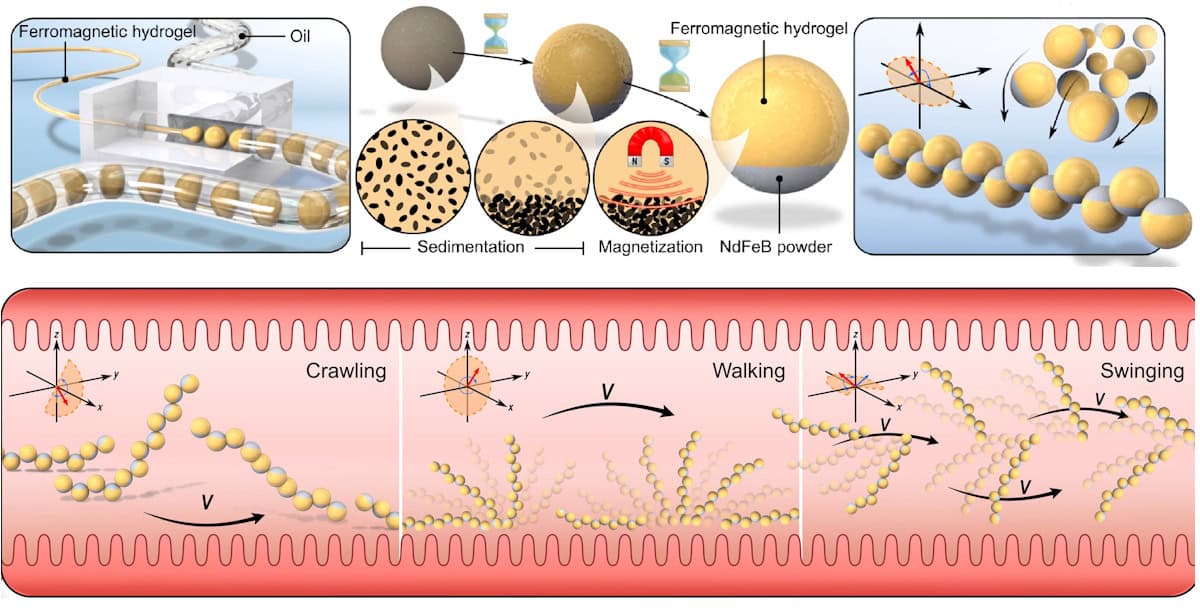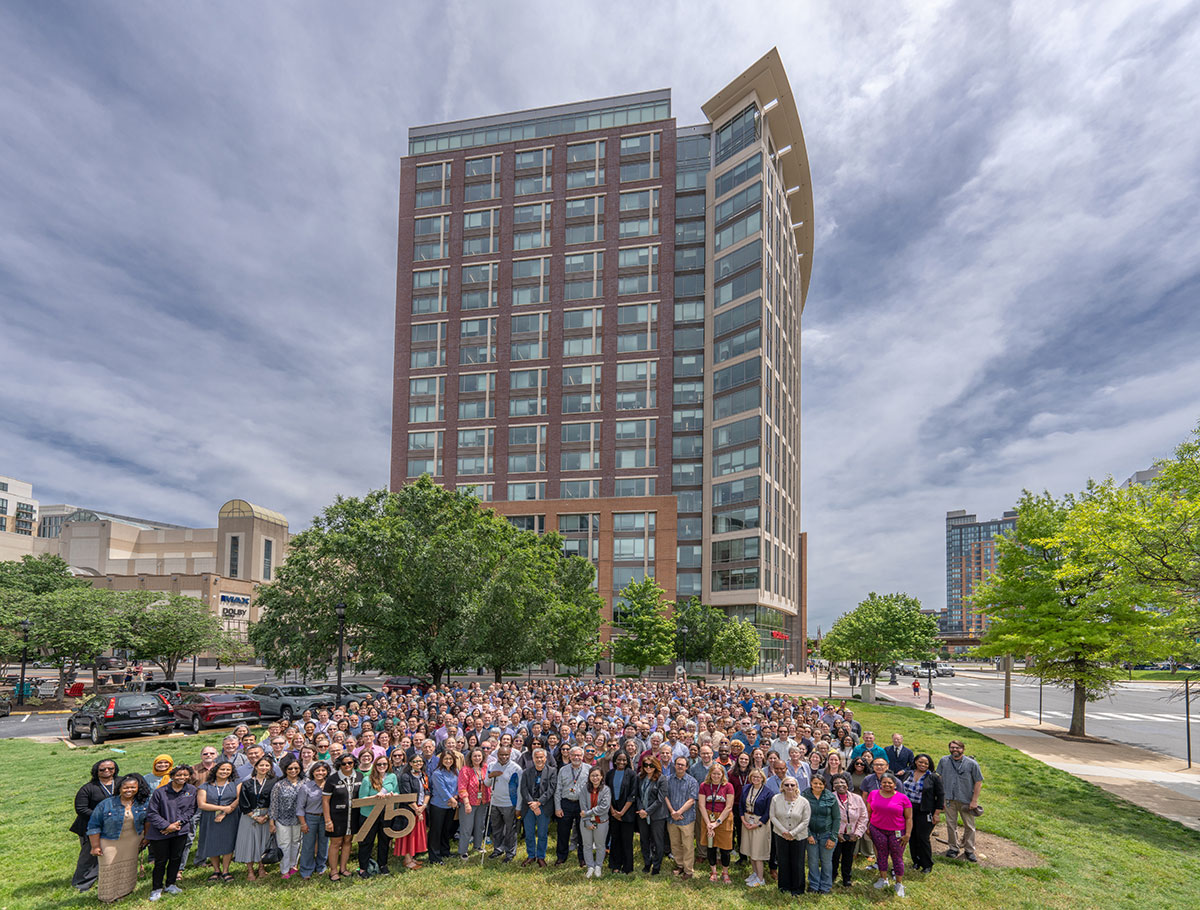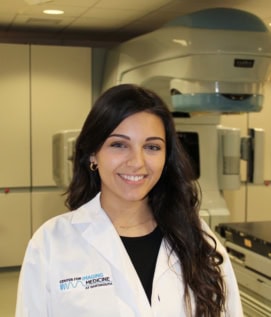Deep learning classifies tissue for precision medicine
Deep learning algorithms have been trained to classify different types of biological tissue, based purely on the tissue’s natural optical responses to laser light. The work was done by researchers led by Travis Sawyer at the University of Arizona in US, who hope that their new approach could be used in the future to diagnose diseases using optical microscopy.
Precision medicine is a fast-growing field whereby medical treatments are tailored to individual patients – taking factors like genetics and lifestyle into account. A key part of this process is phenotyping, which involves identifying the molecular characteristics of diseased tissues.
Previously, phenotyping most often involved labelling tissues with fluorescent biomarkers, which allowed clinicians to create clear medical images using optical microscopy. However, the process of labelling tissues is often invasive, expensive and time-consuming, limiting its accessibility in practical treatments.
More recently, advances have been made in label-free imaging, which can phenotype tissues by observing how they interact with laser light. This is difficult, however, because tissues will often display complex nonlinear responses in the light they emit, which are deeply intertwined with their surrounding molecular environments. As Sawyer explains, this creates a whole new set of challenges.
Altering abundance
“In general, the potential of label-free imaging has been limited by a lack of specificity in understanding what is producing the measured signal,” he says. “This is because many different high-level disease processes can lead to an altering abundance of downstream measurable biomarkers.”
Sawyer’s team addressed these challenges by exploring how deep learning algorithms could be trained to recognize these nonlinear optical responses, and identify them in microscopy images.
To do this, they used a technique called spatial transcriptomics, which maps out variations in RNA levels across tissue samples. RNA molecules carry copies of the instructions stored in DNA, offering a snapshot of gene activity in different regions of tissue.
Alongside transcriptomics data from six different types of tissue, the team also probed the samples with two different optical microscopy techniques. These are autofluorescence, which detects the specific frequencies of molecules excited by a laser, providing details on the tissue’s composition; and second harmonic generation, which detects highly ordered structures (such as collagen) by capturing photons they emit at twice the frequency of a laser probe.
One-to-one matching
The researchers then co-registered these label-free microscopy images with their spatial transcriptomics data. “This allowed us to match one-to-one the transcriptomic signature of a small area of tissue with a surrounding image region capturing the microenvironment of the tissue,” Sawyer explains. “The transcriptomic signature was used to generate tissue and disease phenotypes.”
Based on these simultaneous measurements, the team developed a deep learning algorithm that could accurately predict the unique phenotypes of each tissue. Once trained, the model could classify tissues using only the label-free microscopy images, without any need for transcriptomics data from the samples being studied. “Using deep learning, we were able to accurately predict tissue phenotypes defined by the transcriptomic signature to almost 90% accuracy using label-free microscopy images,” Sawyer says.
Compared with classical image analysis algorithms, the team’s deep learning approach was vastly more reliable in predicting tissue characteristics. This showcased the need to account for the influence of tissues’ surrounding environments on their optical responses.
For now, the technique is still in its early stages, and will require assessments with far larger groups of patients, and with other types of tissue and diseases before it can be applied clinically. Still, the team’s results are a promising step towards label-free imaging, which could have important implications for precision medicine.
“This could lead to transformative technology that could have major clinical impact by enabling precision medicine approaches, in addition to basic science applications by allowing minimally invasive and longitudinal measurement of biological signatures,” Sawyer explains.
The technique is described in Biophotonics Discovery.
The post Deep learning classifies tissue for precision medicine appeared first on Physics World.











 This podcast is supported by
This podcast is supported by